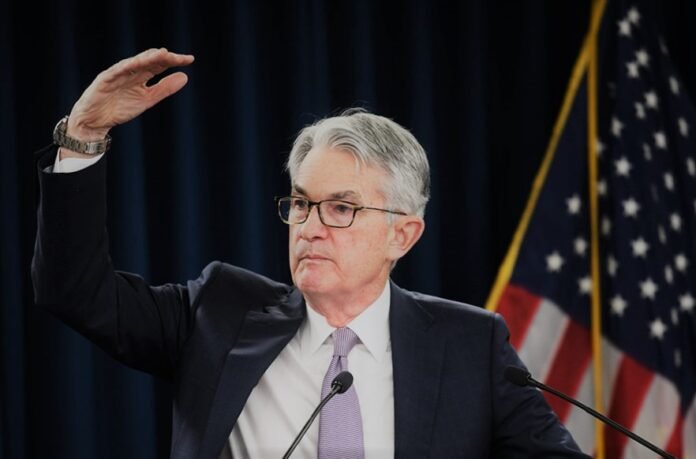
Unraveling the Enigma of the US Federal Reserve: A Chronological Odyssey and Its Implications
Foreword: A clandestine entity, the US Federal Reserve has been a driving force in shaping the United States’ financial topography. Let’s delve into the annals of the US Federal Reserve, dissect its intricate mechanics, and spotlight pivotal instances that illustrate its profound influence on the American economy.
Inception of the US Federal Reserve
A. Precursor to a Centralized Financial Authority Embarking on the quest for the US Federal Reserve’s genesis leads us back to the early 1900s. The Panic of 1907, a calamitous economic event replete with bank runs and plummeting markets, accentuated the exigency for a centralized banking system as a financial bulwark, stabilizing the economy during turbulent times.
B. The Fed Emerges In response to mounting demands for a more robust financial framework, President Woodrow Wilson sanctioned the Federal Reserve Act on December 23, 1913. This momentous decree spawned the US Federal Reserve System, colloquially dubbed “the Fed,” aimed at instituting a more secure, adaptable, and steady monetary and financial apparatus for the United States.
The US Federal Reserve’s Composition and Purview
A. A Singular Amalgamation of Central and Regional Elements The US Federal Reserve exemplifies a unique fusion of centralized command and regional representation, distinguishing it from its central bank counterparts. Composed of twelve regional Federal Reserve Banks catering to distinct American territories, these banks operate autonomously yet under the vigilant oversight of the Board of Governors, a federal entity headquartered in Washington, D.C.
B. Principal Functions and Obligations Tasked with executing monetary policy, the US Federal Reserve modulates money and credit accessibility to bolster economic growth and equilibrium. Utilizing open market operations, reserve requirement adjustments, and discount rate regulation, the Fed accomplishes this feat. Furthermore, it supervises the nation’s payment systems, regulates financial institutions, and serves as the government’s bank and fiscal agent.
The US Federal Reserve’s Ramifications: Salient Incidents
A. The Great Depression and Monetary Policy The 1930s’ Great Depression scrutinized the US Federal Reserve’s capabilities. Detractors contend that the Fed’s restrictive monetary policy and hesitance to augment the money supply exacerbated the depression. Nevertheless, this epoch yielded transformative lessons, refining the Federal Reserve’s approach to monetary policy and crisis management.
B. Anchoring the Economy Amid the Global Financial Crisis As financial markets quaked and colossal institutions teetered on the brink of collapse during the 2007-2009 Global Financial Crisis, the US Federal Reserve showcased its ability to stabilize the economy. Implementing unorthodox monetary policies, such as quantitative easing, the Fed infused liquidity into the financial system, averting total economic disintegration and fostering recuperation.
C. The Pandemic Response: Novel Measures for Unprecedented Circumstances 2020’s COVID-19 pandemic posed another formidable challenge to the US Federal Reserve. In retaliation, the Fed took resolute action, shearing interest rates to near zero, inaugurating new lending programs, and bolstering credit markets. These maneuvers were instrumental in mitigating the pandemic’s economic repercussions and nurturing economic recovery.
Epilogue:
The US Federal Reserve’s inception heralded its position as a linchpin of the American economy. Its chronicle attests to its metamorphosis and adaptability amidst diverse economic tribulations. As a central banking institution, the Fed wields immense sway over the nation’s monetary policy, touching millions of American lives. Comprehending the US Federal Reserve’s history and inner workings offers valuable enlightenment into its role in sculpting the American financial panorama and the necessity of a stable, agile, and responsive central banking system.
As we gaze into the future, the US Federal Reserve will persist in adapting and transforming in the face of emerging challenges and fluctuating economic climates. From tackling inflationary forces to cultivating financial stability and shielding the economy from potential crises, the Fed will remain an indispensable contributor to the nation’s fiscal health and prosperity. Armed with a profound understanding of its history and impact, we can more thoroughly appreciate the US Federal Reserve’s role in securing the economic well-being of the United States and its citizenry.
Google News | Telegram















